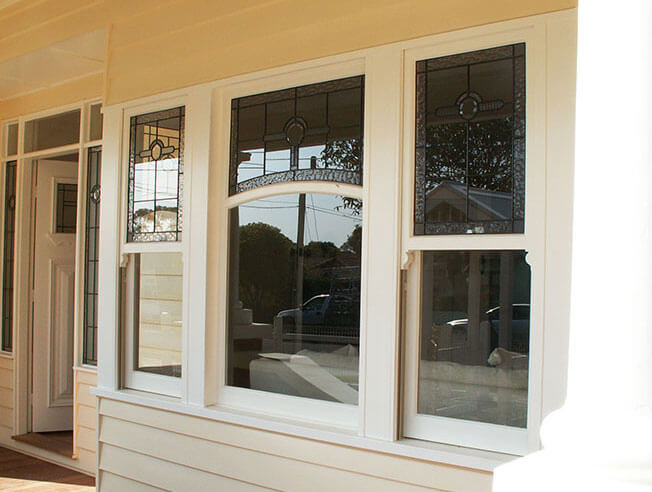All Categories
Featured
Table of Contents
Double Glazing in Waikiki Western Australia
Glazing simply suggests the windows in your house, consisting of both openable and set windows, as well as doors with glass and skylights. Glazing actually just implies the glass part, but it is typically used to describe all aspects of an assembly including glass, movies, frames and home furnishings. Focusing on all of these elements will help you to attain efficient passive design.

Energy-efficient glazing makes your home more comfy and considerably decreases your energy costs. Unsuitable or badly developed glazing can be a major source of undesirable heat gain in summer season and considerable heat loss and condensation in winter. As much as 87% of a house's heating energy can be gotten and as much as 40% lost through windows.
Which Double Glazed Windows Are Best For Summer? in Salter Point Perth
Glazing is a considerable investment in the quality of your home. The expense of glazing and the cost of heating and cooling your home are carefully associated. An initial financial investment in energy-efficient windows, skylights and doors can significantly lower your annual cooling and heating bill. Energy-efficient glazing likewise minimizes the peak heating and cooling load, which can minimize the required size of an air-conditioning system by 30%, causing more expense savings.

This tool compares window selections to a base level aluminium window with 3mm clear glass. Comprehending some of the essential homes of glass will assist you to pick the very best glazing for your house. Key residential or commercial properties of glass Source: Adjusted from the Australian Window Association The quantity of light that passes through the glazing is referred to as noticeable light transmittance (VLT) or noticeable transmittance (VT).
Double Glazing - Windows - Doors in Tapping Western Australia
This might lead you to switch on lights, which will lead to higher energy expenses. Conduction is how readily a product performs heat. This is referred to as the U worth. The U worth for windows (expressed as Uw), describes the conduction of the entire window (glass and frame together). The lower the U value, the greater a window's resistance to heat circulation and the much better its insulating worth.
If your house has 70m2 of glazing with aluminium frames and clear glass with a U value of 6. 2W/m2 C, on a winter's night when it is 15C chillier outside compared to inside, the heat loss through the windows would be: 6. 2 15 70 = 6510W That is comparable to the total heat output of a large space gas heater or a 6.
Double Glazing Australia Blogs in Nedlands Perth

If you choose a window with half the U worth (3. 1W/m2 C) (for instance, double glazing with an argon-filled gap and less-conductive frames), you can halve the heat loss: 3. 1 15 70 = 3255W The solar heat gain coefficient (SHGC) for windows (expressed as SHGCw) determines how readily heat from direct sunshine flows through an entire window (glass and frame together).
The lower a window's SHGC, the less solar heat it sends to the home interior. The real SHGC for windows is affected by the angle that solar radiation strikes the glass.
4 Benefits Of Double Glazed Windows In The Summer in Southern River WA
When the sun is perpendicular (at 90) to the glass, it has an angle of occurrence of 0 and the window will experience the maximum possible solar heat gain. The SHGC stated by glazing makers is constantly determined as having a 0 angle of incidence. As the angle increases, more solar radiation is reflected, and less is transmitted.
Table of Contents
Latest Posts
Fitting A Cabin In Your Garden? Get Double Glazing Fitted Too in Connolly Perth
Brisbane's Best Double Glazed Windows in Stirling Western Australia
Twinglaze® Double Glaze Specification Act - Vic in Bickley Western Australia
More
Latest Posts
Fitting A Cabin In Your Garden? Get Double Glazing Fitted Too in Connolly Perth
Brisbane's Best Double Glazed Windows in Stirling Western Australia
Twinglaze® Double Glaze Specification Act - Vic in Bickley Western Australia